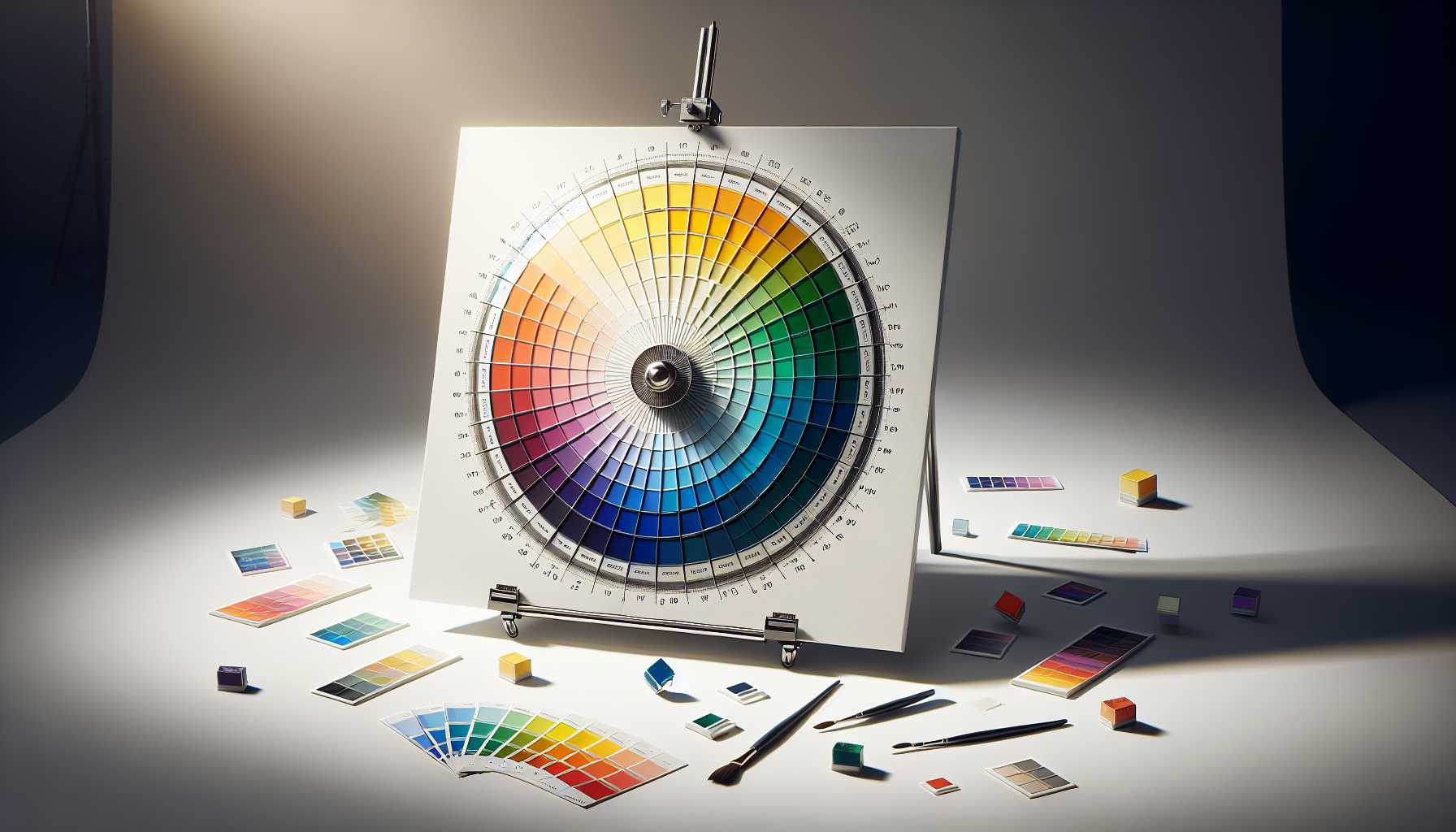Consider the color wheel as your go-to color guide. It’s a circular representation that maps how colors interact and relate with each other. The basic wheel characteristically boasts 12 colors, but it’s not confined to just being a colorful circle.
Primary Colors: The Cornerstones
Remember those fundamental colors we used to be fascinated with as kids? Blue, yellow, and red are known as primary colors. They essentially form the root of all other hues – interestingly, they can’t be produced by mixing other colors.
Secondary Colors: Results of a Color Fusion
When primary colors are mixed, they give birth to secondary colors:
– Red + Blue = Purple
– Blue + Yellow = Green
– Red + Yellow = Orange
Sounds fun, doesn’t it?
Tertiary Colors: The Outcome of Color Mingle
Tertiary colors emerge when primary and secondary colors intertwine, resulting in hues like yellow-green or red-orange. They add those fringe shades that make everything tantalizingly diverse.
Warm vs. Cool Colors: Instigators of Ambience
Warm colors like reds, yellows, and oranges infuse a feeling of vibrancy and warmth. Conversely, cool colors such as blues, greens, and purples evoke a sense of serenity and relaxation. It’s like deciding whether you want the comforting warmth of hot cocoa or the refreshing chill of lemonade!
Color Harmony: Fostering Cohesiveness
Colors that harmonize with each other create an appealing blend. Here are some foolproof pairings:
– Complementary: Opposing colors (e.g., blue and orange)
– Analogous: Adjacent colors (e.g., yellow, yellow-green, green)
– Triadic: Three colors equally distanced from each other
The Trending Colors of 2024
This year we’re witnessing:
– Earth tones with a trendy edge
– Subdued pastels
– Vibrant jewel hues
– Greens inspired by nature
Pointers for Navigating the Color Wheel
- Start modestly with accent colors
- Trial paint samples in your actual space
- Think about natural light
- Trust your intuitions
Frequently Made Color Blunders to Elude
- Rushing with bold shades
- Neglecting the significance of lighting
- Overlooking undertones
- Failing to test samples
